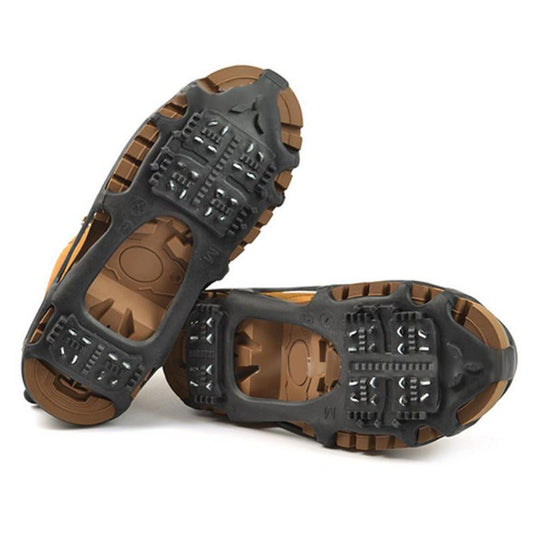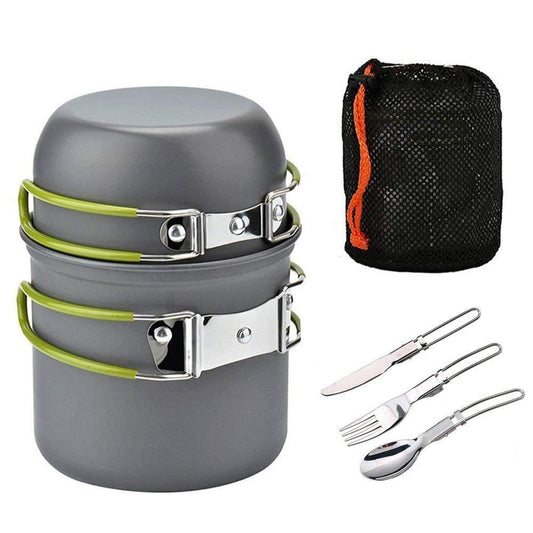
10 Best Fast Growing Shade Trees To Use In Your Landscape Design
Share
Dragoyle.com has discovered the 10 best fast growing shade trees to use in your landscaping design, so you can create relieving cooling shade during those hot summer days.
Having a large tree for shade is becoming increasingly important as the planet continues to heat up due to global warming. Higher temperatures can lead to a number of problems, including heat exhaustion, heat stroke, and other heat-related illnesses. This is especially true for children, elderly individuals, and people with underlying health conditions.
In addition to providing relief from the heat, shade can also help to conserve energy. When a building or outdoor area is shaded, it can reduce the amount of energy needed to cool the space, thus reducing the overall carbon footprint and helping to combat climate change.

Shade can also have a positive impact on the environment by providing habitats for wildlife and reducing the urban heat island effect. Urban heat islands are created when the built environment absorbs and re-radiates heat, leading to higher temperatures in cities than in surrounding rural areas. By providing shade and reducing the amount of heat absorbed by buildings and pavements, shade trees can help to mitigate the urban heat island effect and make cities more comfortable and sustainable places to live.
Here are the top 10 fast-growing shade trees for your yard:
- Tulip Poplar: This tree can grow up to 10 feet per year, reaching a height of 70 to 90 feet at maturity.
- Silver Maple: This tree can grow up to 8 feet per year, reaching a height of 60 to 80 feet at maturity.
- Hybrid Poplar: This tree can grow up to 8 feet per year, reaching a height of 50 to 80 feet at maturity.
- Willow Oak: This tree can grow up to 6 feet per year, reaching a height of 60 to 75 feet at maturity.
- Swamp White Oak: This tree can grow up to 5 feet per year, reaching a height of 60 to 80 feet at maturity.
- Green Ash: This tree can grow up to 5 feet per year, reaching a height of 50 to 80 feet at maturity.
- Autumn Blaze Maple: This tree can grow up to 5 feet per year, reaching a height of 50 to 70 feet at maturity.
- River Birch: This tree can grow up to 5 feet per year, reaching a height of 50 to 70 feet at maturity.
- American Linden: This tree can grow up to 4 feet per year, reaching a height of 50 to 80 feet at maturity.
- Chinese Pistache: This tree can grow up to 4 feet per year, reaching a height of 30 to 40 feet at maturity.

It's important to note that the actual growth rate of these trees can vary depending on factors such as climate, soil conditions, and water availability.
- Choose the right species for your climate: Not all trees are suitable for all climates. When selecting a shade tree, consider factors such as the average temperature, rainfall, and sunlight in your area. This will help ensure that the tree will be able to thrive and grow strong.
- Plant at the right time: In general, it's best to plant trees in the fall or spring, when temperatures are moderate and the soil is moist. This allows the tree to establish roots and prepare for the upcoming growing season.
- Plant in the right location: Choose a location that provides ample space for the tree to grow and develop, without being cramped by other trees or structures. Also, consider the tree's light requirements and choose a location that provides the right amount of sunlight for the species you have selected.
- Provide proper soil conditions: Most shade trees prefer well-draining soil that is rich in organic matter. Before planting, amend the soil with compost, peat moss, or other organic matter to help improve the soil structure and fertility.
- Water regularly: Newly planted trees need regular watering to help them establish roots and grow strong. Be sure to water the tree deeply and consistently, especially during periods of drought or high heat.
- Prune regularly: Regular pruning can help maintain the tree's health and shape. Prune branches that are crossing or rubbing against each other, and remove any dead, diseased, or broken branches.
- Fertilize: Depending on the species and the soil conditions, you may need to fertilize your tree to help it grow strong and healthy. Choose a fertilizer that is appropriate for the species and follow the manufacturer's recommendations for application.

- USDA Plant Hardiness Zone Map: This is a map that shows the average minimum temperature for each region in the United States. You can use this map to determine the cold hardiness of different plant species and to select trees that are appropriate for your climate.
- Local Nurseries and Garden Centers: These businesses often have knowledgeable staff who can help you determine the best trees for your specific growing conditions.
- Local Cooperative Extension Service: Your local Cooperative Extension Service can provide information on the growing conditions in your area, including information on soil types, rainfall patterns, and other important factors that can affect tree growth.
- Online Resources: There are also many online resources available that can help you determine your growing climate and the best trees for your area. Websites like the Arbor Day Foundation and the Morton Arboretum offer a wealth of information on tree selection and care.
























